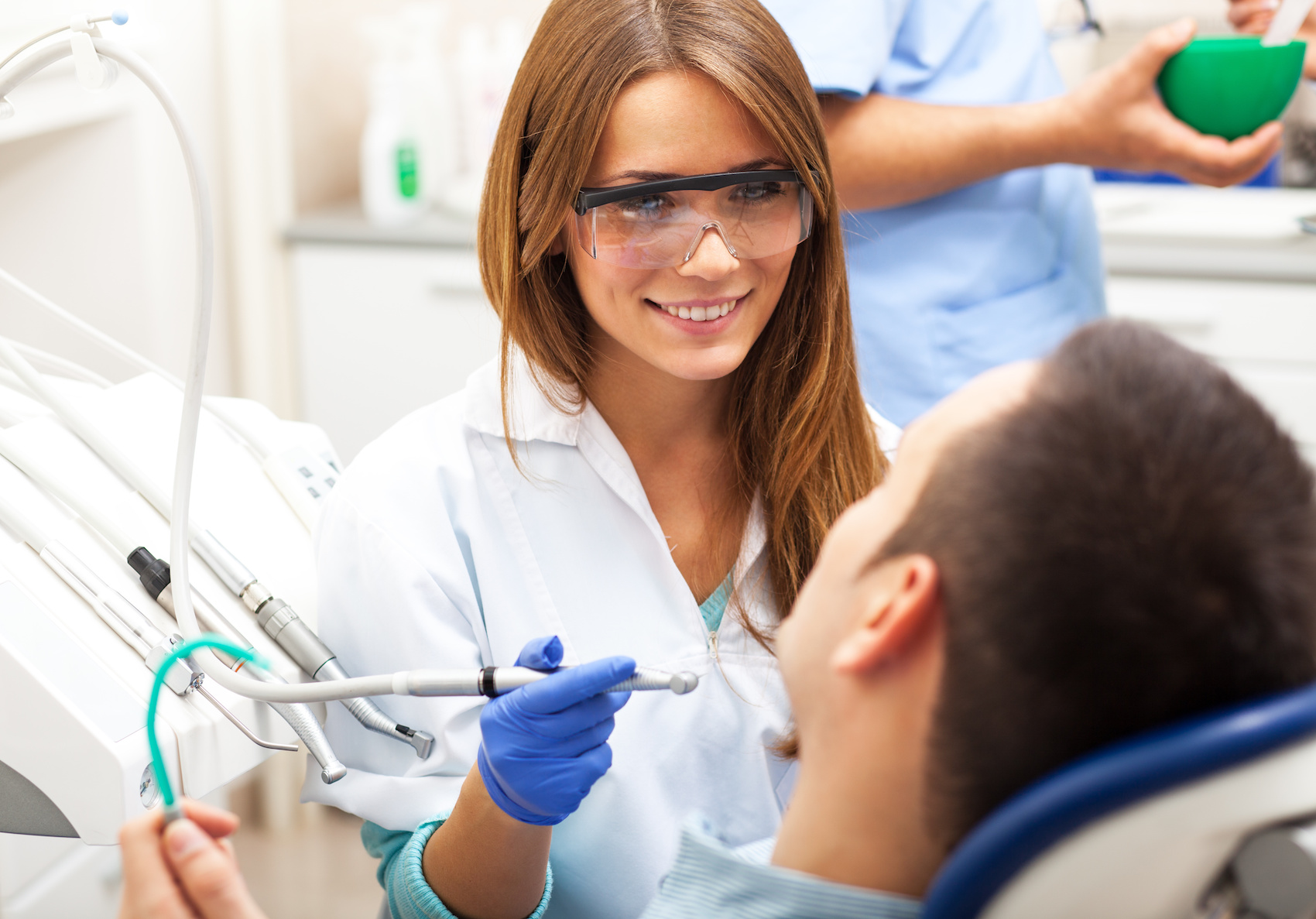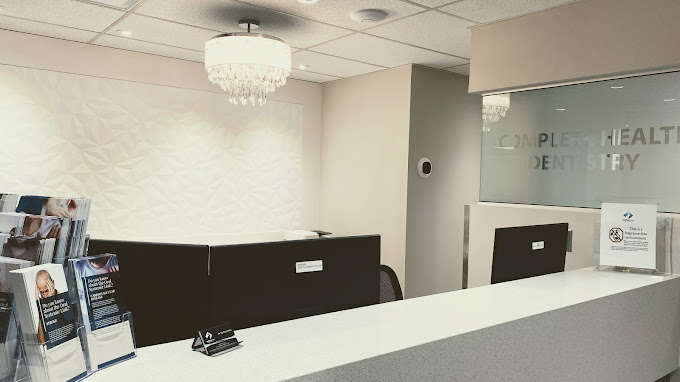Dentistry has come a long way since the days of rudimentary tools and techniques. Modern dental practices are now at the forefront of technological advancements and innovative methods prioritizing patient comfort and successful outcomes. While the role of a dentist is critical in implementing these advanced techniques, the focus here is on the techniques themselves rather than the practitioners. Let’s dig into some of the fascinating aspects of modern dental techniques that revolutionize oral health care.
Biomimetic Dentistry Techniques
Biomimetic dentistry is all about mimicking the natural structure and function of teeth to ensure long-lasting results and minimal impact on the tooth’s original structure. This approach focuses on preserving as much of the natural tooth as possible, using materials that closely resemble the natural enamel and dentin. By replicating the mechanical, aesthetic, and functional properties of natural teeth, biomimetic techniques aim to restore decayed or damaged teeth without the need for invasive procedures like crowns or root canals. This method uses advanced bonding techniques and modern composites that adapt seamlessly to the natural tooth, providing a durable and aesthetically pleasing solution.
The true magic of biomimetic dentistry lies in its ability to prevent further damage to the tooth by creating restorations that function like the original tooth. By closely adhering to the principles of nature, dentists can offer patients treatments that are both effective and less intrusive. This approach not only reduces the risk of future problems but also emphasizes the importance of a healthy tooth structure.
Advanced Dental Laser Applications in Modern Dentistry
Lasers have become a vital tool in modern dentistry, offering precision and efficiency that traditional methods simply cannot match. The use of lasers in dentistry covers a wide range of applications, from teeth whitening to surgical procedures and decay removal. Lasers provide dental professionals with a minimally invasive option that often results in reduced bleeding, faster healing times, and less discomfort for the patient. This advanced technology allows for highly precise treatments, making it easier to target specific areas without affecting the surrounding tissues.
Beyond their practical applications, lasers are also transforming the patient experience in dental offices. The precision and control afforded by laser technology enable practitioners to perform complex procedures with a level of accuracy that was previously unattainable. For patients, this means less time in the chair and a more comfortable overall experience.

Precision Techniques for Minimally Invasive Tooth Preparation
Minimally invasive dentistry focuses on preserving natural tooth structure while effectively addressing dental issues. This approach emphasizes prevention and early intervention, allowing dentists to perform treatments with minimal removal of healthy tooth material. By using precise tools and techniques, dental practitioners can effectively prepare teeth for fillings, crowns, or other restorative treatments with minimal damage to the surrounding structure. This not only ensures better preservation of the tooth but also enhances the overall aesthetic outcome.
The cornerstone of minimally invasive dentistry is precision. Using advanced imaging technologies and specialized instruments, dentists can accurately assess and treat problem areas without the need for extensive drilling or cutting. This approach not only improves the patient’s comfort but also enhances the longevity of the restoration by preserving the tooth’s strength.
Innovative Suturing Techniques for Periodontal Procedures
Periodontal procedures often require precise suturing techniques to ensure proper healing and optimal outcomes. In recent years, there have been significant advancements in the materials and methods used for suturing, allowing for improved stability and reduced recovery times. Modern suturing techniques focus on minimizing trauma to the tissue while providing strong and durable closures. Using advanced suture materials, such as resorbable threads, helps reduce the need for additional procedures and enhances the patient’s comfort.
These innovative suturing techniques have transformed the field of periodontal surgery by enabling more complex procedures with improved results. By focusing on precise placement and tension control, dental practitioners can ensure that the tissue heals correctly and quickly.
Microscope-Enhanced Dentistry Techniques for Improved Accuracy
The use of microscopes in dentistry has revolutionized the field by providing unprecedented levels of precision and accuracy. Microscope-enhanced dentistry allows practitioners to perform procedures with a level of detail that is impossible to achieve with the naked eye. By magnifying the working area, dentists can detect and treat issues that would otherwise go unnoticed, leading to more effective and successful outcomes. This technology is particularly beneficial for endodontic procedures, such as root canals, where precision is crucial for removing all infected material and sealing the tooth properly.
Microscope-enhanced techniques not only improve the accuracy of dental procedures but also enhance the overall quality of care. By allowing for a more thorough examination and treatment of the oral cavity, dentists can provide more targeted and effective interventions. This leads to better patient outcomes and reduces the need for repeat procedures.
Ultraconservative Bonding Techniques in Aesthetic Dentistry
Aesthetic dentistry is all about creating beautiful and natural-looking smiles while preserving the integrity of the tooth structure. Ultraconservative bonding techniques are at the forefront of this field, offering patients a way to achieve stunning results with minimal impact on their natural teeth. By using advanced bonding materials and techniques, dentists can create seamless restorations that blend perfectly with the surrounding teeth. This approach emphasizes the importance of preserving the tooth’s natural structure and avoiding unnecessary drilling or cutting.
The benefits of ultraconservative bonding techniques extend beyond aesthetics. By focusing on preserving the natural tooth, these methods enhance the longevity and durability of the restoration, reducing the need for future interventions. Additionally, this approach minimizes discomfort and recovery time for the patient, making it a preferred choice for many aesthetic procedures.
Discover the Future of Dentistry at Smiling Creek: Advanced Techniques for Your Perfect Smile
Unlock the potential of modern dentistry with Smiling Creek, where cutting-edge techniques and personalized care come together to create your perfect smile. Our commitment to excellence means utilizing the latest advancements in dental technology to ensure the best possible outcomes for our patients. With a team of skilled professionals dedicated to delivering top-notch care, Smiling Creek is your partner in achieving a healthy, beautiful smile. Contact us today to schedule your appointment and take the first step toward a brighter, more confident future.

